Report this entry
More from the same community-collection
Alligators in San Jacinto Plaza at Christmas
Celebrating the lighting of the Christmas tree on December 5, ...
Henry O. Flipper, 1856 - 1940
Henry Ossian Flipper, engineer, the first black graduate of West ...
German Air Force Training Area at Fort Bliss
The picture shows the Patriot Radar Set on a German truck and ...
German Air Force Training Area at Fort Bliss
The picture shows an instructor during the maintenance training.
German Air Force Training Area at Fort Bliss
The picture shows you an instructor during the maintenance ...
German Air Force Training Area at Fort Bliss
A instructor during a class room lesson at the German Air Force ...


















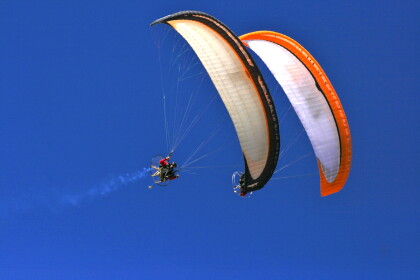
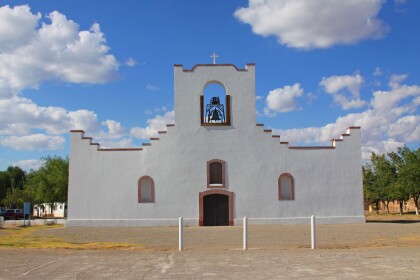
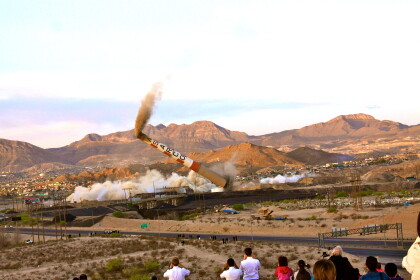
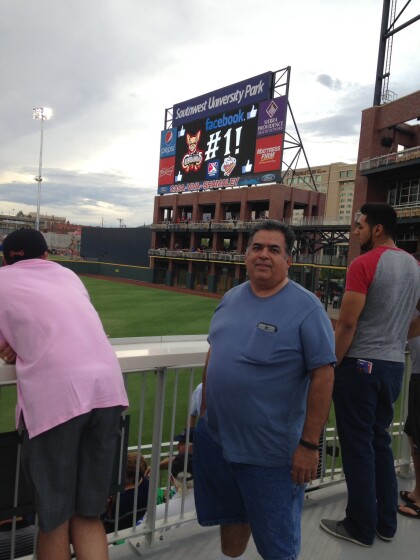
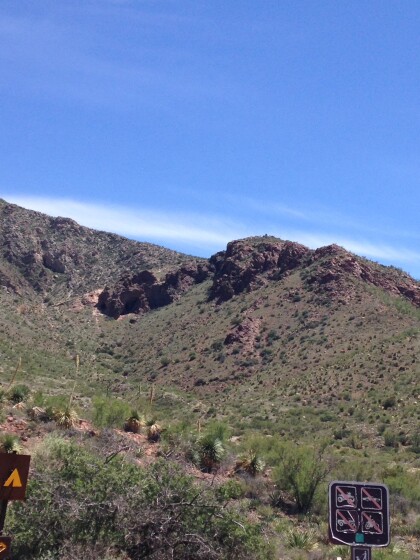
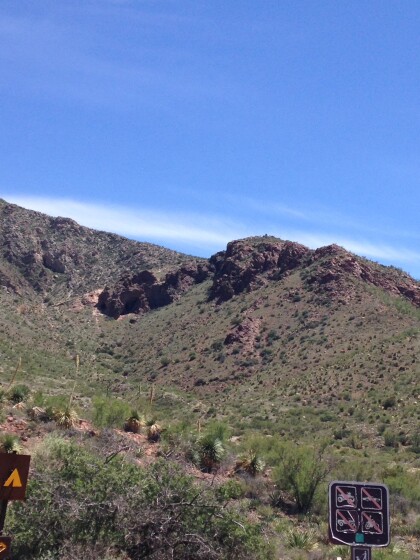
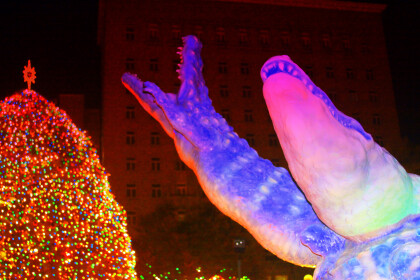
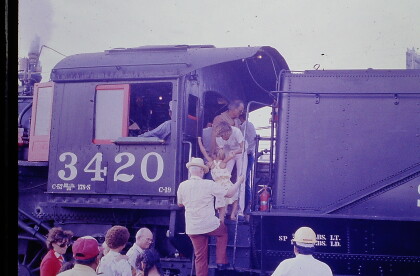
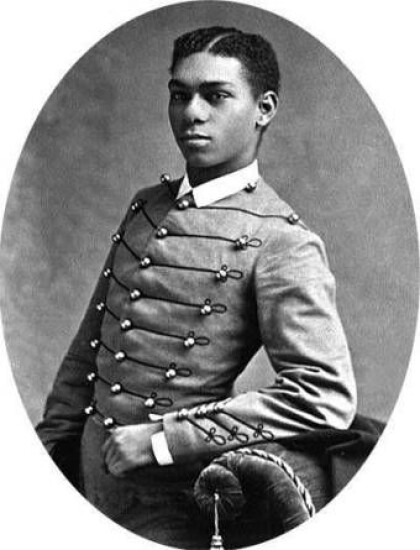
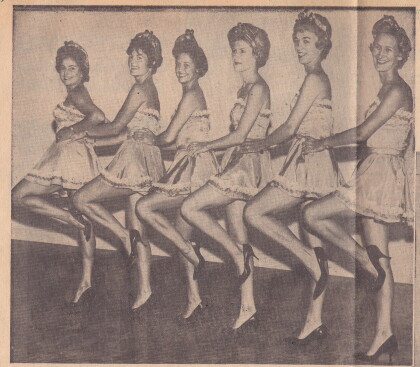
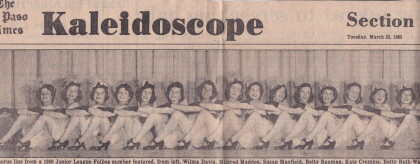
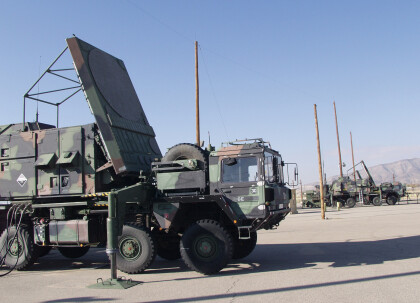
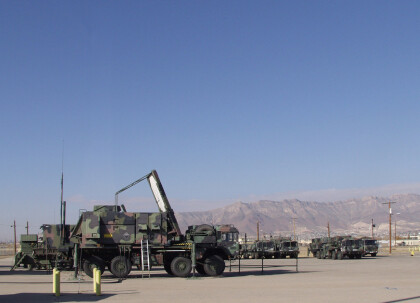
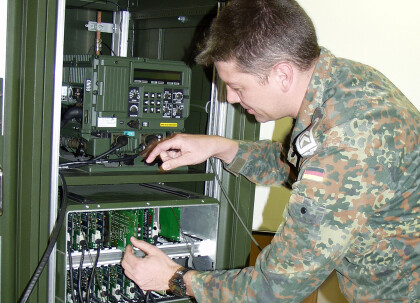
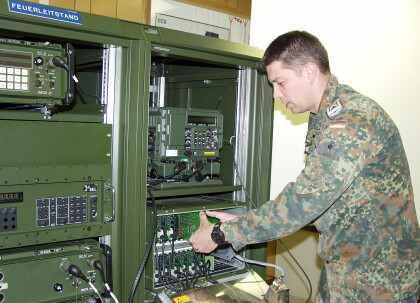
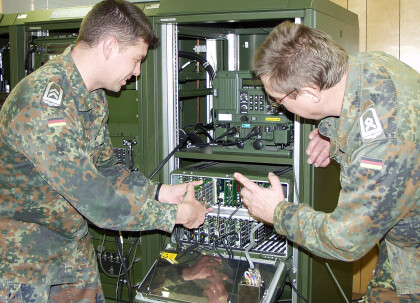
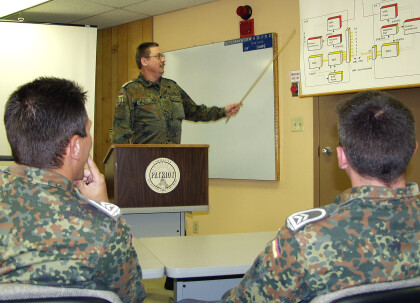
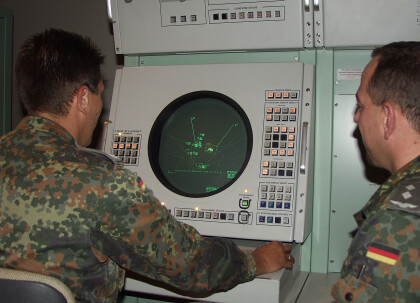
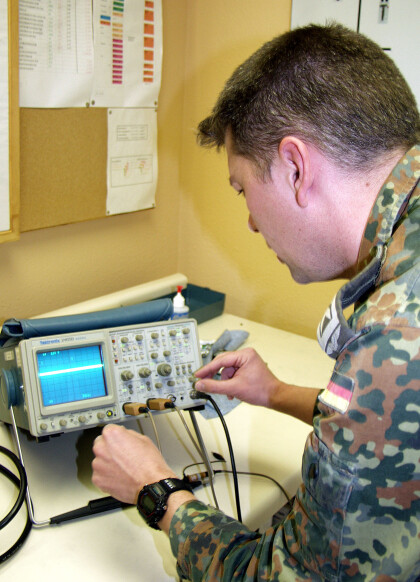
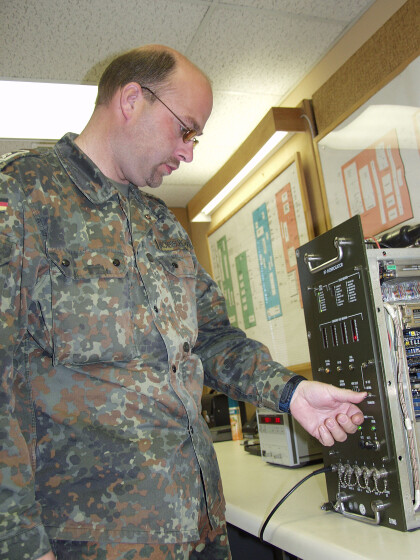
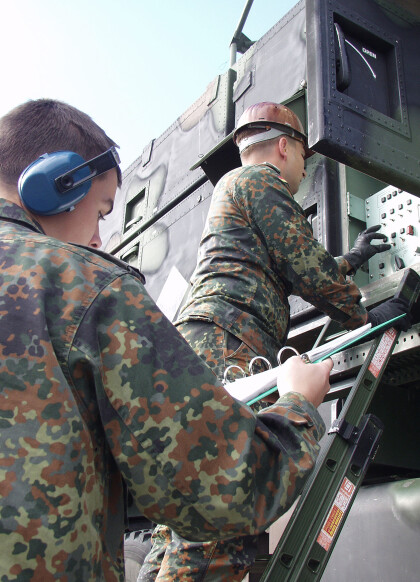
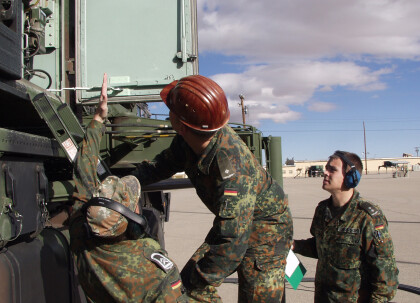
Comments
Add a comment